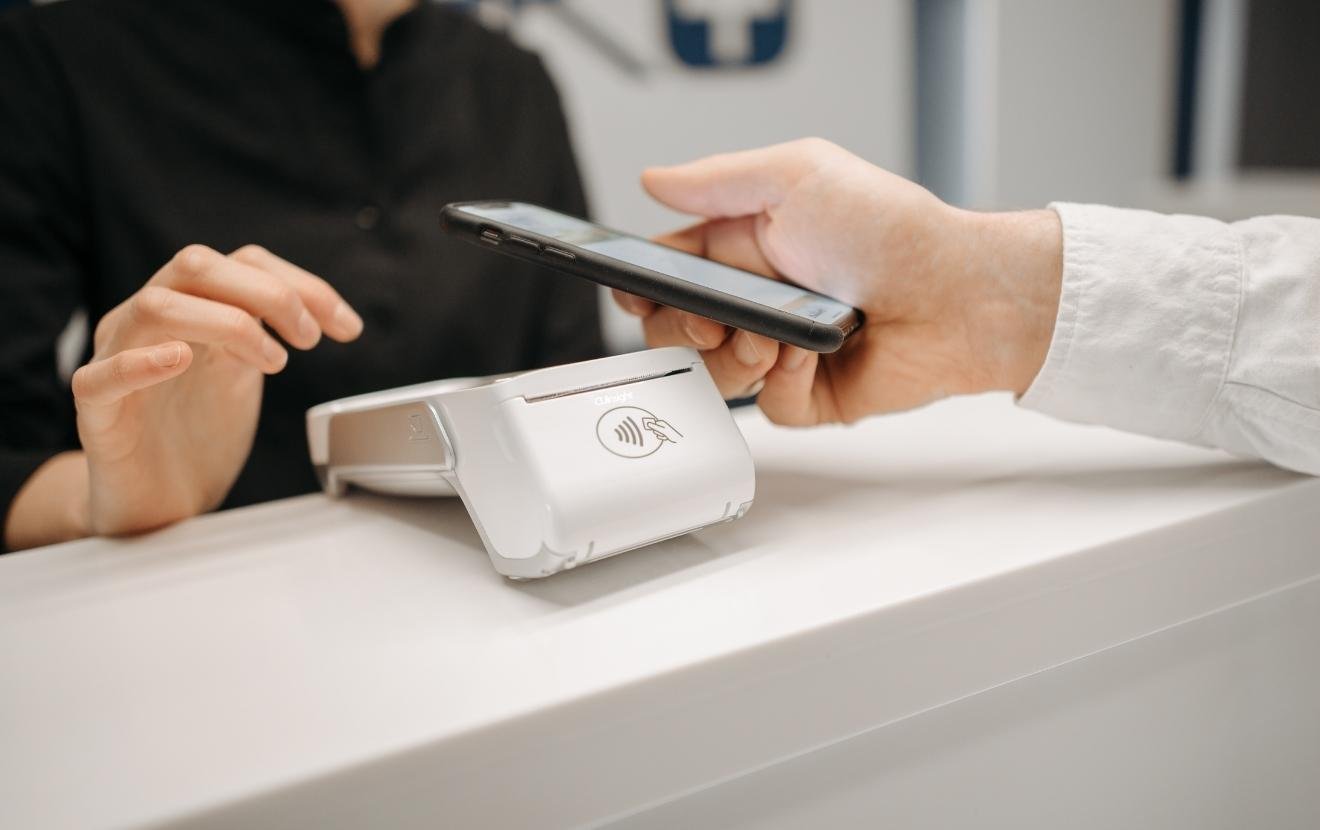The small business payment landscape is shifting. Factors like security concerns, demographics, and requirements of payees are changing the way small businesses choose and use payment methods.
The 2025 Visa US Small Business Payment Behavior Study (PBS) shows the expectation of a gradual but significant move away from methods like checks and cash toward cards and tools like ACH/EFT/wire transfers. As we summarize key findings, we’ll also provide actionable insights to help you best serve the current and future payment needs of your small business cardholders.
Credit cards are on the rise, checks are on the wane
The information below reflects the study respondents’ payment-usage expectations for 2025.
Credit cards
- Credit cards are the most widely used payment method, and the expected increase of credit card usage is higher than for any other payment method this year. A credit card is cited as the predominant method used to pay most types of non-payroll expenses.
- Small business decision-makers report continuing to put a premium on the convenience and record-keeping advantages of credit cards. But they also value their cards for the earned rewards on spend, fraud and liability protection, and they also appreciate the convenience they offer when paying recurring expenses or for large purchases.
- Respondents mention some concerns around debt, their card not being accepted/not being preferred by vendors, and fees/surcharges, though they aren’t major detractors to usage.
47% of respondents expect their credit card usage to rise—only 36% expect their ACH/EFT/wire transfer usage to rise
ACH/EFT/wire transfer
- ACH/EFT/wire transfer is the second most widely used payment method. Like credit cards, SB decision-makers say they expect to increase their usage this year. They say they are more likely to use ACH/EFT/wire transfer to pay for healthcare and make loan, tax/government, and mortgage/rent payments.
- Decision-makers say while they appreciate low/no fees, and they perceive it as being the most secure payment method—as well as helping them to meet vendor/supplier preferences—56% of heavy ACH/EFT/wire transfer users still expect their credit card usage to increase.
54% of respondents who expect less check usage see an increase in ACH/EFT/wire transfer
Checks
- Checks round out the top three payment methods used, but SB decision-makers say they expect their usage of checks to decrease in 2025 (more than any other method). They say they think this will shift mostly to credit cards and ACH/EFT/wire transfer.
- SB decision-makers feel that using checks enables them to meet vendor/supplier preferences. However, they believe checks are less convenient and less secure than other payment methods.
29% of respondent expect their check use to fall
Debit cards
- Used by 4 of 10 small businesses, debit cards have appeal because they help decision-makers stay on budget and simplify expense reporting and tracking. They also say that using debit cards allows them to transfer sales revenue into their bank account instantly, helping with cash flow.
- Expected increases for debit card usage mirror those of ACH/EFT/wire transfer—38%—and is higher than checks. Study respondents cite concerns about security, the potential to overdraft, and monthly bank fees being barriers to use.
The expected decline of check usage provides an opportunity for cards to take a greater share of transactions.
Motivators and barriers for small business credit card users are different from consumers—convenience and record keeping/tracking are by far the most important advantages. Rewards and benefits are also important if they can apply them to business. There’s also an untapped opportunity to help decision-makers understand the cash flow and growth capital benefits of a business credit card.
- Just 36% of users see their business credit card as a cash flow tool
- Only 27% are motivated by the ability to leverage interest-free days
- Only 17% see value in the ability to revolve when needed
Community financial institutions can also leverage the motivating perks of rewards and benefits.
- 34% of small businesses prefer non-travel rewards
- Just 18% favor travel
- 39% respond to flexible rewards like cash-back that they can use for business purposes, like paying vendors and employee bonuses
Financial institutions can also encourage setting up recurring payments on credit cards to help customers maximize rewards faster or consider using an incentive to encourage usage by offering rewards when credit cards are used for recurring expenses.
Security—fraud and liability protection—is another major advantage of credit cards and there’s an opportunity to educate members that cards compare favorably with ACH/EFT/wire transfers.
Turning light users into frequent users
- Currently, 65% of all small business credit card users self-Identify as light users. The segment of that group with the most growth potential is younger small business decision-makers—71% of whom report being light users. Many of these businesses tend to be smaller, micro-businesses and 6/10 are women- or minority-owned.
- Younger business owners say they’re more open to switching payment methods as they age and their business grows. It’s especially important for younger decision-makers to build deep relationships with card issuers and feel that their unique needs are understood. Digital products and services are also highly appealing for younger members as they are learning what works best for their business (i.e., FinTechs, AI uses, virtual cards, etc.).
A time of change, a time of opportunity
Shifts in small business payment preferences open the door for community financial institutions to build relationships with card users and other small business members and lay a foundation for future growth.
This article is just a high-level summation of the full US Small Business Payment Behavior Study (PBS). Reach out to your Visa Account Executive for a copy of the report and to learn more ways we can work with you to help stay ahead of payment trends over time.







